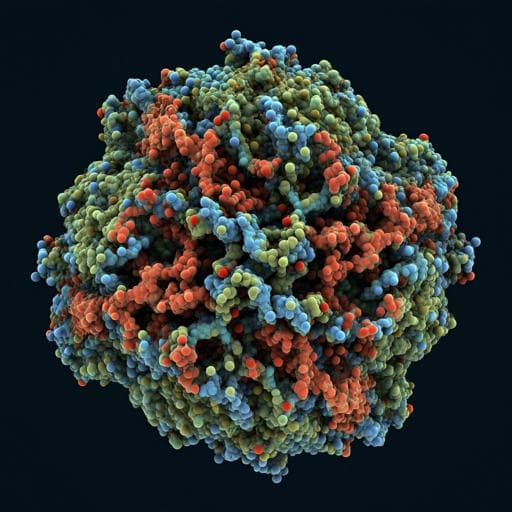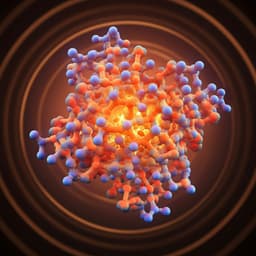
Biology
Atomic structure of a nudivirus occlusion body protein determined from a 70-year-old crystal sample
J. R. Keown, A. D. Crawshaw, et al.
Discover how researchers investigated the structure of a polyhedrin from the Nudiviridae virus family using X-ray crystallography. Led by Jeremy R. Keown and a team of experts, the study reveals the intricate stability and assembly principles behind this unique protein lattice, showcasing its resistance to environmental challenges.
~3 min • Beginner • English
Related Publications
Explore these studies to deepen your understanding of the subject.







